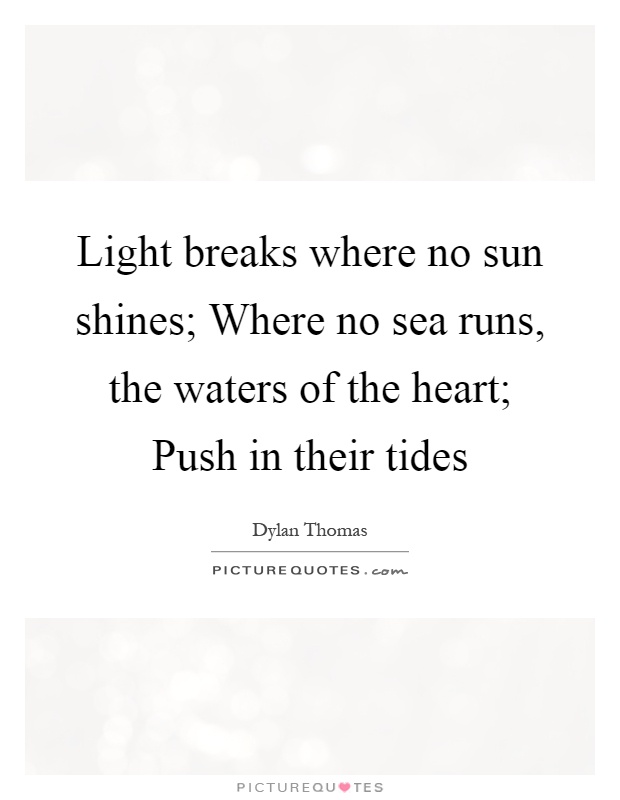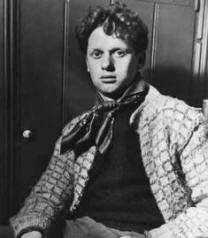The poem is one of nostalgia, a nostalgia that digs deep into the past and rakes up the bittersweet memories against one’s will. Though being a little cliche, this poem still invokes heavy emotions in the user, in lieu of apt use of appropriate words by the poet.
About the Poet:
Born in 1885, a time where the world was undergoing an intellectual revolution, David Herbert (D H) Lawrence became one of its voices of modernism. He became the author of many famous and notable works, the most famous ones being known for their controversial themes. In fact, they were so controversial that he was forced to go on a voluntary exile, which he called his ‘savage pilgrimage.’ In spite of this, he continued writing poems and novels, many of which met with harsh criticism and severed distribution. Some of his most notable works are Sons and Lovers, The Rainbow, Women in Love, and his most controversial work, Lady Chatterley’s Lover. A novelist, poet, playwright, essayist, literary critic, and painter, this versatile man died in the year 1930 of tuberculosis.
Piano- Setting
The poem is set in a scene that reeks of nostalgia right from the beginning. The sun goes down in the distance, enveloping the poet with its soft fading light. A woman sings to the poet amidst this dream setting, pushing his consciousness back to his past, against his will, and making him remember all that he does not wish to, now that he is a full-grown adult. There are two settings in the poem: the actual scene where the woman sings and the remembrances of the poet. The setting is like a painting, bold with strokes of emotions throughout and within.
Piano- Poetic Devices
Imagery:
The poem is laced with sporadic bouts of imagery. The woman singing to the poet in the beginning and the mother singing to the child are both described with the use of imagery.
“Betrays me back, till the heart of me weeps to belong
To the old Sunday evenings at home, with winter outside
And hymns in the cosy parlour, the tinkling piano our guide.”
The above is the most obvious example of the use of imagery in the poem.
Personification:
“The heart of me weeps to belong” – The heart is personified. It is given the human quality of weeping.
Onomatopoeia:
“…the boom of the tingling strings…”, “…the tinkling guide our piano” – Onomatopoeia is making use of sound words for a literary effect. This is seen in the use of ‘boom’ and ‘tinkling’ in the above sentences of the poem.
Paradox:
The music played to the poet in the present takes him back into the past. The more one tries to appeal to the poet, the harder he is sucked into the past. And when the present singer climaxes with ‘the great black piano appassionato,’ the poet is finally fully dragged to his past.
Simile:
“…I weep like a child…” – The act of crying is more enhanced with the comparison of the action to that of a child, something which almost all of us can relate to.
Metaphor:
The poet’s memory of his childhood is compared to a vista, a mental view of a succession of his remembered events.
Piano: Summary
The poet is sitting in the fading sun, listening to a woman singing nearby. The song makes his conscience go through a series of his past events till it finally settles on a specific memory of his childhood. He sees himself as a child in the midst of booming sounds originating from a piano. He himself is sitting beside the piano, pressing the feet of his mother, who is smiling as she sings along with the piano. The poet is against this remembrance. He does not want to remember his long past childhood days now that he is a full-grown adult, but the song he hears betrays his wants and makes his heart weep for the old days. He remembers the old Sunday evenings at home, where they used to sing hymns accompanied by the piano. The cold weather outside emphasized the cozy weather inside the parlor where they sang the hymns. All these remembrances of the past make the present singer of the song seem dull. And as the present singer finally finishes her ‘dispassionate’ piece, the poet is drowned in the glamour of his childhood days. All his resistance breaks down, and with that, his mind does too, and he cries for all that is lost on his way to becoming an adult.
Piano: Analysis
The poet uses a quatrain style of stanzas to bring out the maximum effect. This is further enhanced by the use of rhyming words at the end of two consecutive lines. The poem has three stanzas, and each stanza follows the same pattern. The first two lines in the stanza talk about the present, the state the poet is currently in, and the last two lines talk about his past and his memories which he is forced to remember. The words used in the poem are easy to understand. So is his diction, which is conversational in style.
Piano: Central Idea
By this poem, Piano, the poet showcases the limited time one has as a child and how, once this time ends, all it leaves us with is the bittersweet memories made and the wish to have more time to make more of them. The poet points out the importance of childhood days and the need to cherish every moment of them. By the breakdown of the poet, in the end, he conveys the finality of the period, which once ends, is lost forever. So it is all the more important to make good memories out of it.
Piano: Tone
The starting tone of the poem is calm. He hears the woman singing, and his memories take an involuntary trip to his past where he used to listen to his mother on the piano. It then shifts to one of denial. The poet tries not to remember. His mind says he’s a full-grown adult and that he should behave like one, but his heart yearns for the good old days, creating a state of contradiction and denial within him. In the end, the tone goes down to being emotional. The poet can no longer hold back his tears, can no longer hold back the child within him, and so he breaks down. He breaks down and cries for all that he used to have as a child, which he lost in his journey to adulthood.
The poem, which seems simple at first glance, may prompt one to look into it further to find the hidden meaning of the enigmatic and controversial poet, D H Lawrence. As a result, one may arrive at the conclusion that this poem is a shout-out for the man, who when grows up, is expected to act like a grown up and never cry, but who at the heart, remains that boy who yearns for his childhood. On the other hand, one may interpret it as a reminder to enjoy one’s childhood to its fullest, as once it is past, all it leaves behind is the longing for it to come back.
Some online learning platforms provide certifications, while others are designed to simply grow your skills in your personal and professional life. Including Masterclass and Coursera, here are our recommendations for the best online learning platforms you can sign up for today.
The 7 Best Online Learning Platforms of 2022
- Best Overall: Coursera
- Best for Niche Topics: Udemy
- Best for Creative Fields: Skillshare
- Best for Celebrity Lessons: MasterClass
- Best for STEM: EdX
- Best for Career Building: Udacity
- Best for Data Learning: Pluralsight










